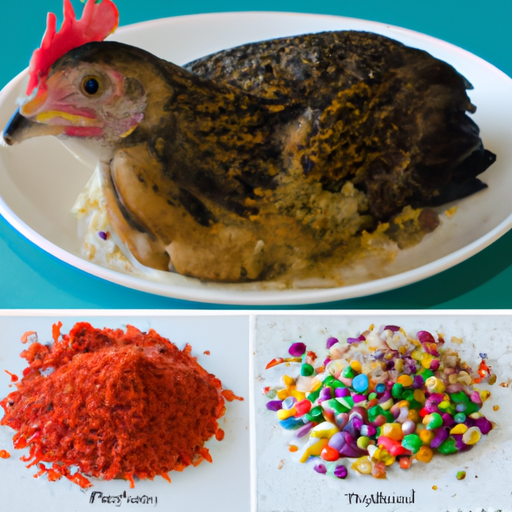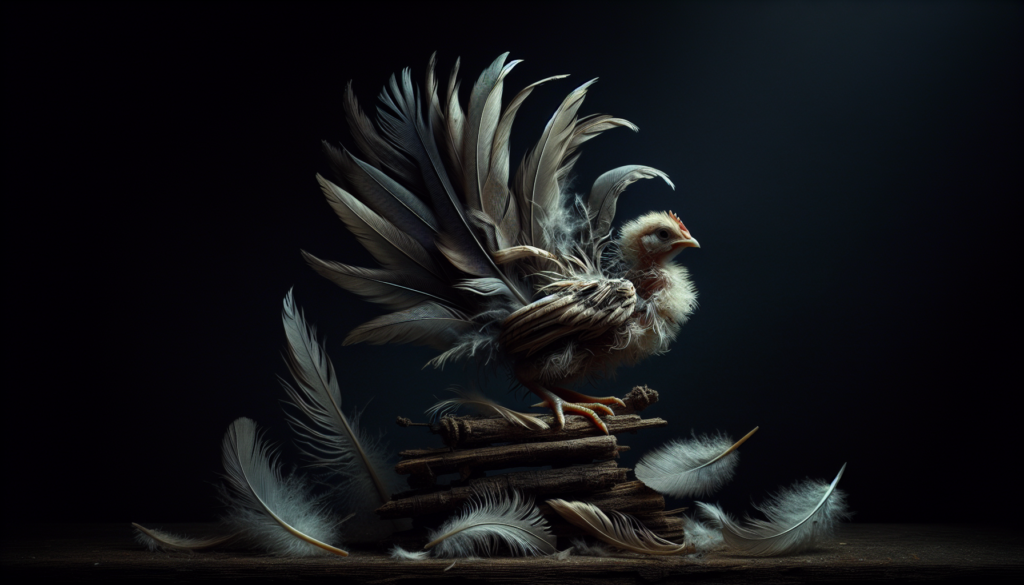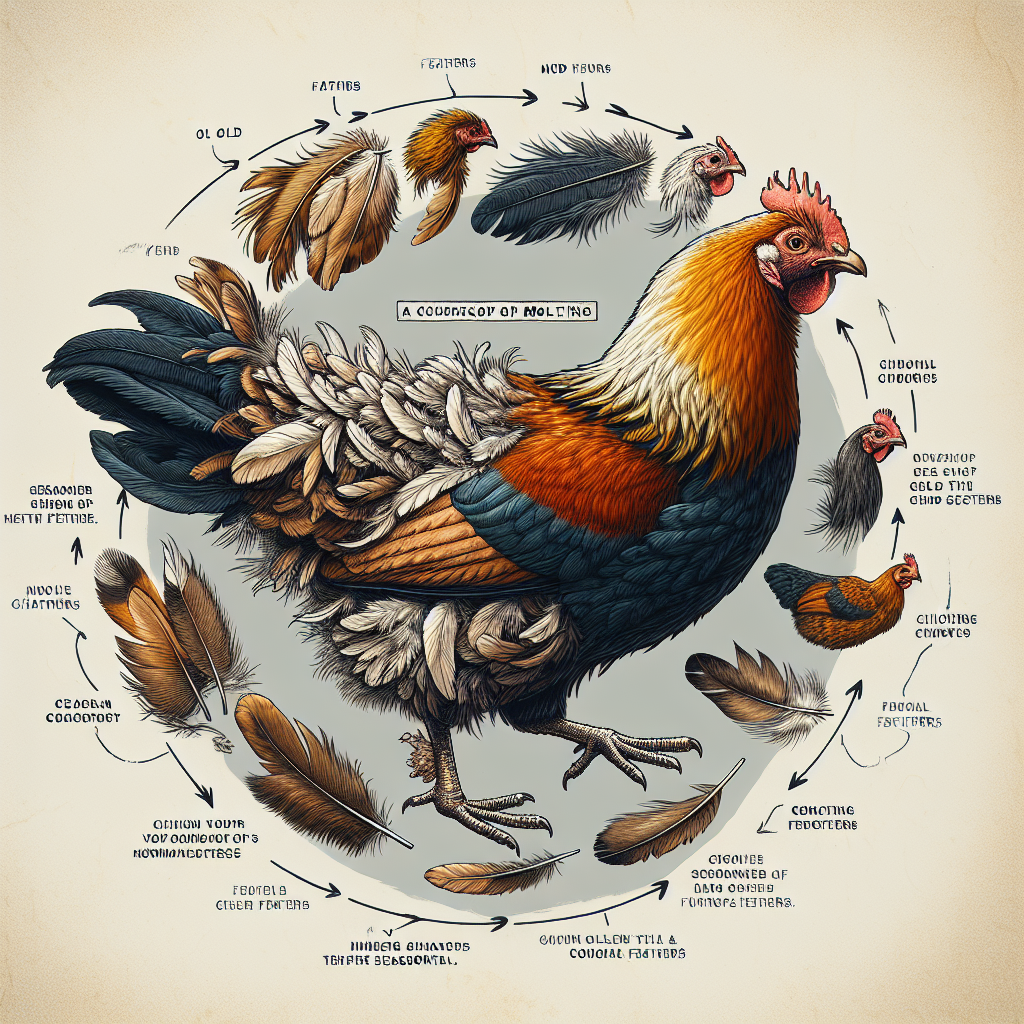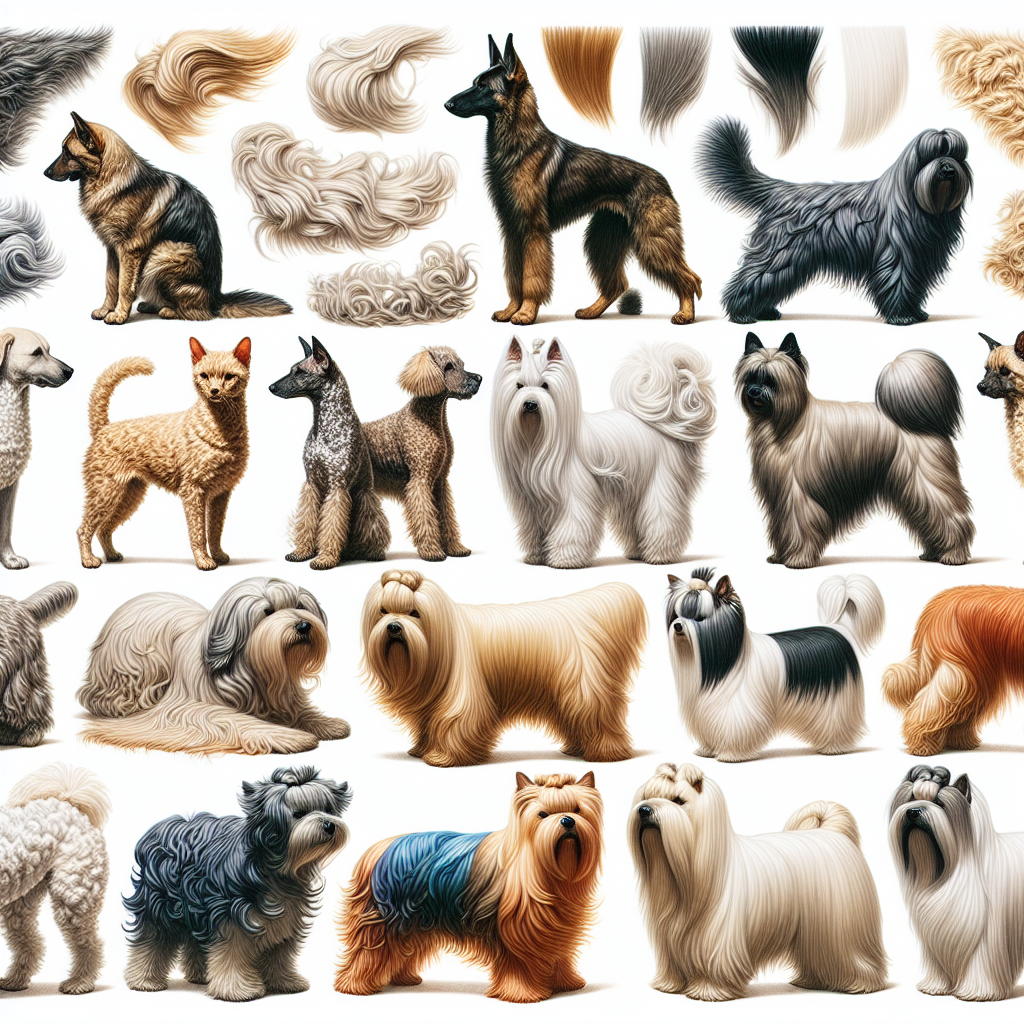If you own chickens, you may have noticed that during molting, their feathers begin to shed, making them look a little scruffy. But have you ever wondered if chickens going through this process have specific nutritional needs? Well, the answer is yes! Just like humans, chickens require certain nutrients to support their feather growth and overall health during molting. In this article, we will explore the importance of providing a balanced diet and the specific nutritional requirements that chickens need during this feather-renewing phase. So, grab a cup of tea and let’s learn some feather facts together!
Understanding Molting in Chickens
Molting is a natural process in which chickens shed their old feathers and grow new ones. It is an important cycle that allows chickens to maintain healthy plumage and adapt to changing weather conditions. Understanding the molting process is crucial for chicken owners to ensure their flock’s well-being.
What is molting?
Molting refers to the process of shedding and regrowing feathers in chickens. It is a natural part of their life cycle and occurs annually for most adult birds. During molting, chickens lose their old feathers and grow new ones, which are stronger and better suited for insulation and flight.
Why do chickens molt?
Chickens molt primarily to renew their feathers and maintain overall feather health. Feathers play a vital role in protecting chickens from the elements, regulating body temperature, and enabling flight, if applicable. The continuous wear and tear on feathers necessitate periodic replacement to ensure optimal functionality.
When does molting occur?
The timing of molting can vary depending on various factors, including age, breed, and environmental conditions. In most cases, chickens start molting in early autumn as the days become shorter. This synchronized molting allows chickens to grow fresh feathers before the arrival of colder weather. However, individual birds may experience molting at slightly different times.
How long does molting last?
The duration of molting can vary, but it typically lasts between 4 to 12 weeks. The molt starts with the shedding of old feathers, followed by the growth of new ones. The process is not immediate, as feathers regrow gradually over time. During this period, chickens may appear scruffy and disheveled as they replace their feathers.
Effects of Molting on Chicken’s Nutritional Needs
Molting has a significant impact on a chicken’s nutritional needs. The process of growing new feathers requires additional nutrients and energy to support feather regrowth and maintain overall health. Understanding these changing requirements is essential for providing the necessary nutrition during molting.
Changes in nutrient requirements
During molting, chickens have increased nutrient requirements to support feather regrowth and maintain overall health. Feather development requires more protein and certain vitamins and minerals like biotin, zinc, and vitamin E. While the exact nutrient needs may vary based on individual chickens and circumstances, it is important to provide a well-balanced diet that meets these increased requirements.
Increased protein intake
Protein is a crucial component for feather production during molting. It provides the building blocks for new feather growth and helps strengthen and maintain the integrity of the feathers. To ensure an adequate protein intake, chicken feed should contain higher levels of protein during the molting period. High-quality sources of protein, such as soybean meal and fish meal, can be added to the feed to meet these increased needs.
Importance of amino acids
Amino acids, the building blocks of proteins, are essential for feather development during molting. Certain amino acids, such as methionine and lysine, play a crucial role in the synthesis of keratin, the protein found in feathers. Supplementing the diet with amino acids can help ensure that chickens have an adequate supply to support feather growth and regeneration.
Impact on calcium and phosphorus levels
Feather development during molting also requires adequate levels of calcium and phosphorus. These minerals are essential for the formation of strong and healthy feathers. Calcium is particularly important as it contributes to the structural integrity of feathers. Providing a calcium-rich diet, either through feed or supplements, is crucial to help chickens meet their calcium and phosphorus needs during molting.
Higher energy requirements
Molting places increased energy demands on chickens as the body works to grow new feathers. The energy requirements during this period are higher than usual due to the physiological process of feather regrowth. To meet these increased energy needs, it is important to provide energy-dense feeds and consider including healthy fats as a source of energy in the diet.
Meeting the Nutritional Needs During Molting
Providing a well-balanced diet is key to meeting the nutritional needs of chickens during molting. Ensuring they have access to the right nutrients will support feather regrowth, maintain overall health, and help them transition smoothly through the molting process.
Providing a balanced diet
A balanced diet is essential for meeting the nutritional needs of chickens during molting. This includes a combination of grains, protein sources, vitamins, minerals, and water. High-quality commercial chicken feeds often provide a balanced mix of nutrients, but it is important to read the label and ensure the feed meets the specific needs of molting chickens. In addition to commercial feed, fresh greens and vegetables can be added to provide additional vitamins and minerals.
Quality sources of protein
To meet the increased protein requirements during molting, it is important to include quality sources of protein in the chickens’ diet. This can include ingredients such as soybean meal, fish meal, or even insects like mealworms. These protein sources provide essential amino acids and support healthy feather regeneration.
Supplementing amino acids
During molting, supplementing the diet with specific amino acids can help ensure chickens have an adequate supply for feather growth. Methionine and lysine are two amino acids that are particularly important for feather development. Supplementing the diet with these amino acids in the form of supplements or specific feed formulations can help support optimal feather regeneration.
Ensuring adequate calcium intake
Calcium is crucial for feather development and overall feather health. To ensure an adequate calcium intake during molting, it is essential to provide calcium-rich feeds or supplements. Including sources like crushed oyster shells or ground limestone in the chickens’ diet can help meet their calcium needs.
Sufficient supply of phosphorus
Phosphorus is another essential mineral for feather growth during molting. Ensuring a sufficient supply of phosphorus in the diet is important for supporting strong and healthy feather development. Phosphorus can be provided through quality commercial feed or through supplements if necessary.
Boosting energy levels
Meeting the increased energy requirements during molting can be achieved by providing energy-dense feeds. These feeds should contain a higher level of carbohydrates and fats to support the energy needs of feather regrowth. Including healthy fats, such as vegetable oil or flaxseed, can be beneficial for boosting energy levels in molting chickens.
In conclusion, understanding molting in chickens is crucial for providing the necessary nutrition to support feather regrowth and overall health. Molting affects a chicken’s nutritional needs, requiring increased protein intake, amino acids, calcium, phosphorus, and energy. By providing a well-balanced diet that meets these requirements, chicken owners can ensure their flock remains healthy and resilient during the molting process.




